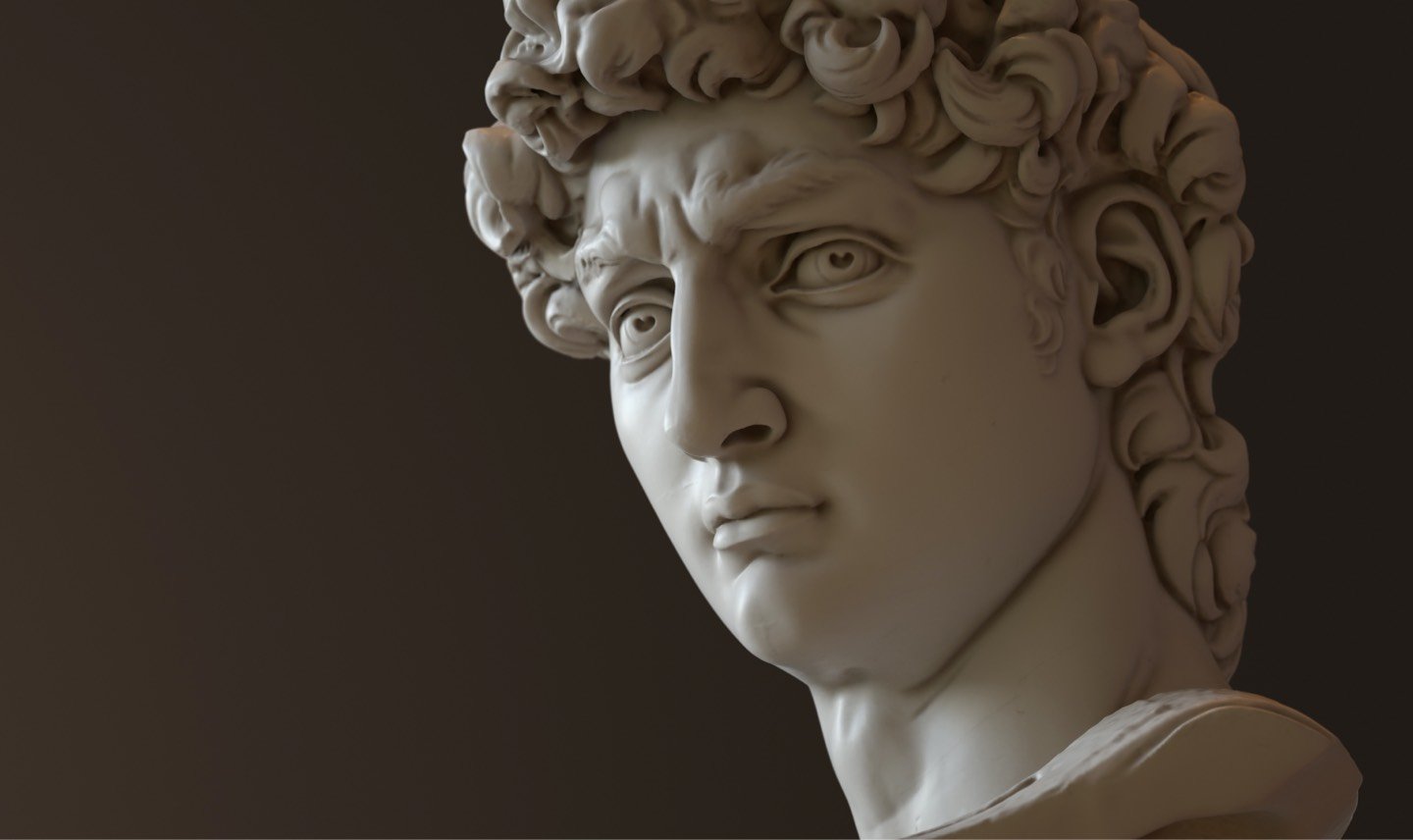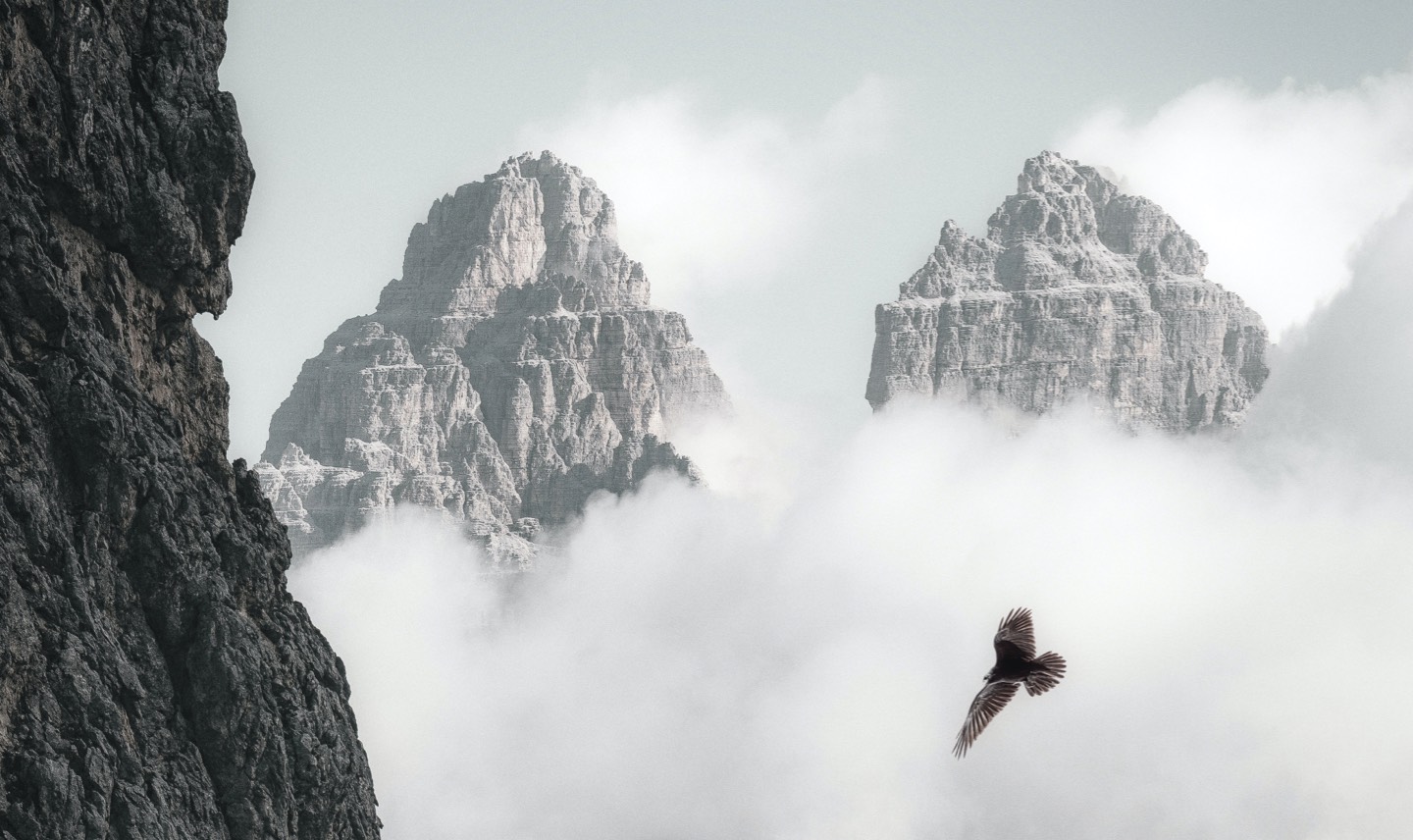AI and the art of creativity
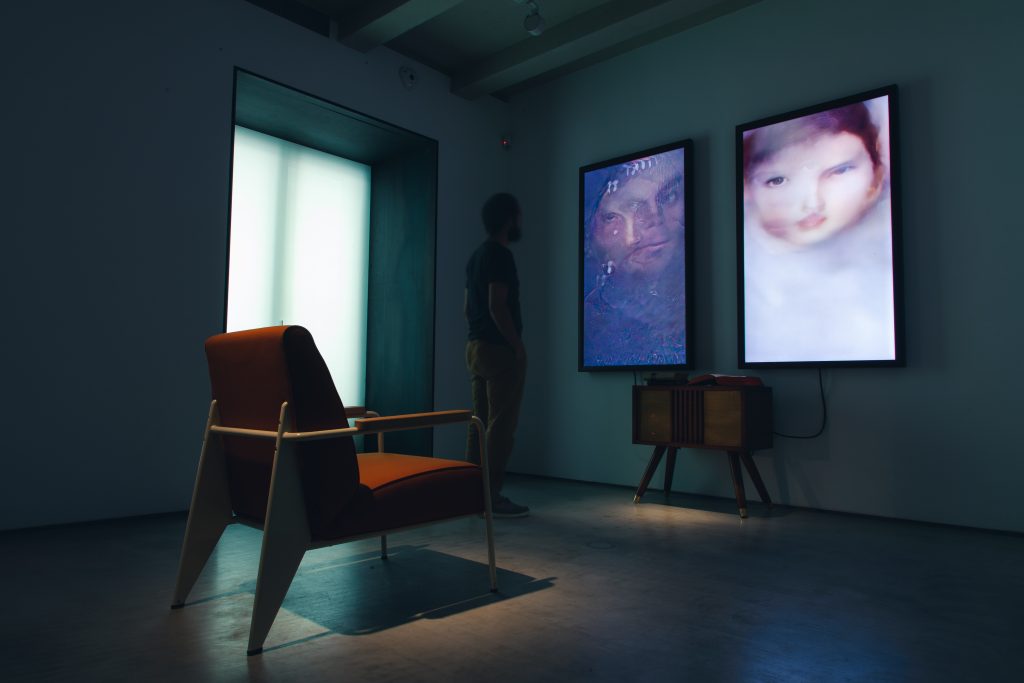

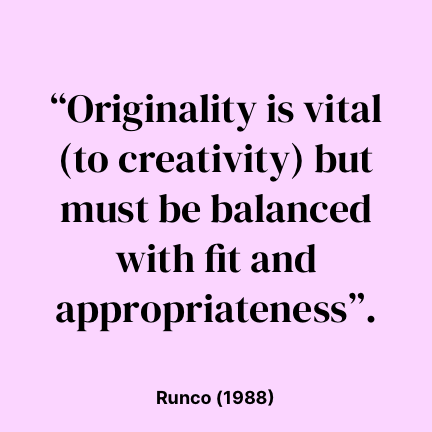
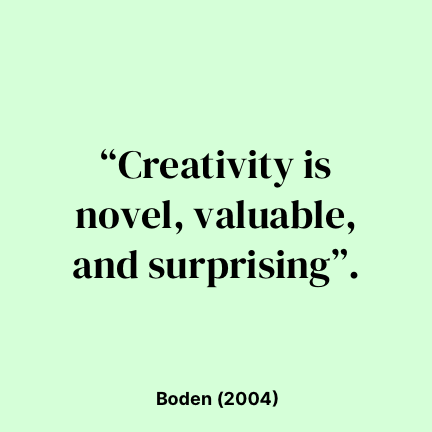
Can machines learn this formula for creativity?
When it comes to storing, processing, finding patterns and making connections with data, they’re pretty great at it. But can they create something to surprise and move us in the same way as humans? Machines may be capable of practising the formula for creativity – but it’s the process, what happens along the way, that births an idea.
When we think of creative projects, we tend to assume that there's a human being behind the work. From Michelangelo to Marc Jacobs, artists and designers have always been human.
AI, on the other hand, is typically associated with less artistic concepts; facts, figures, formulas, and calculations.
But do these formulaic and data-driven processes translate to creativity or even art?
AI can create new ideas in three ways:
1. Producing new combinations of familiar ideas.
2. Exploring the potential of conceptual spaces.
3. Enabling changes that generate previously impossible ideas.
As AI becomes more and more involved in all aspects of our daily lives, it's only natural that artists have begun to experiment with it too.
AI in art and advertising
Mario Klingemann, a German artist who uses AI in his work, has strong views on creativity: ‘Humans are not original... machines can create from scratch.’
In 2018, Klingemann won the Lumen prize for his piece The Butcher's Son. Being the first time an AI-generated artwork had won this prize, it was a historic moment.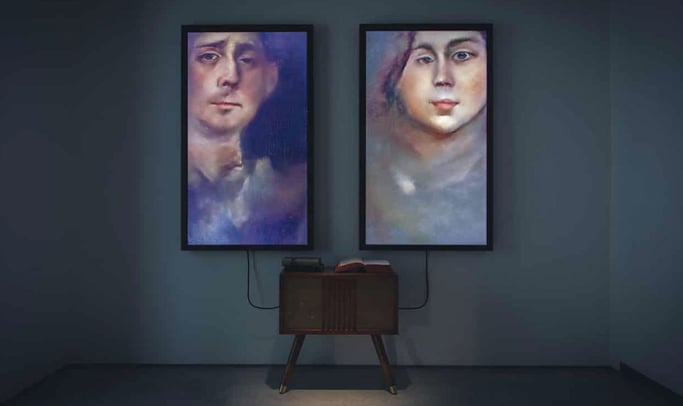
Klingemann posits that humans only reinvent and make connections between things we’ve seen before. A little extreme, perhaps – but there’s some merit to his view. Just look at the cyclical nature of fashion, where trends come and go, then come and go again. There’s even been a (most unfortunate) resurgence of (highly questionable) early-2000s style.
In 2018, Lexus released what it called the first advertisement scripted by AI. The brand employed IBM Watson to analyse 15 years of ‘car and luxury brand campaigns that have won Cannes Lions awards for creativity, as well as a range of other external data. As a result, Watson was able to identify which elements from the dataset would resonate with viewers.
That same year, Christie's sold its first piece of auctioned AI art, the Portrait of Edmond Belamy, for USD 432,500.
Beyond the question of whether this is real creativity lies another: who deserves credit for the work? The Artist or the AI? We think this type of ‘algorithmic art’ is a collaboration, between humans and machines; the artist is still very much involved in the process.
But what about old masters like Picasso? Scientists at Oxia Palus recently used AI technology to construct 'new artworks' in Picasso's style. When X-rays of his original works revealed hidden images, AI reconstructed them by extrapolating his style using data analysis, then recreated new works in a similar (albeit simplified) style.
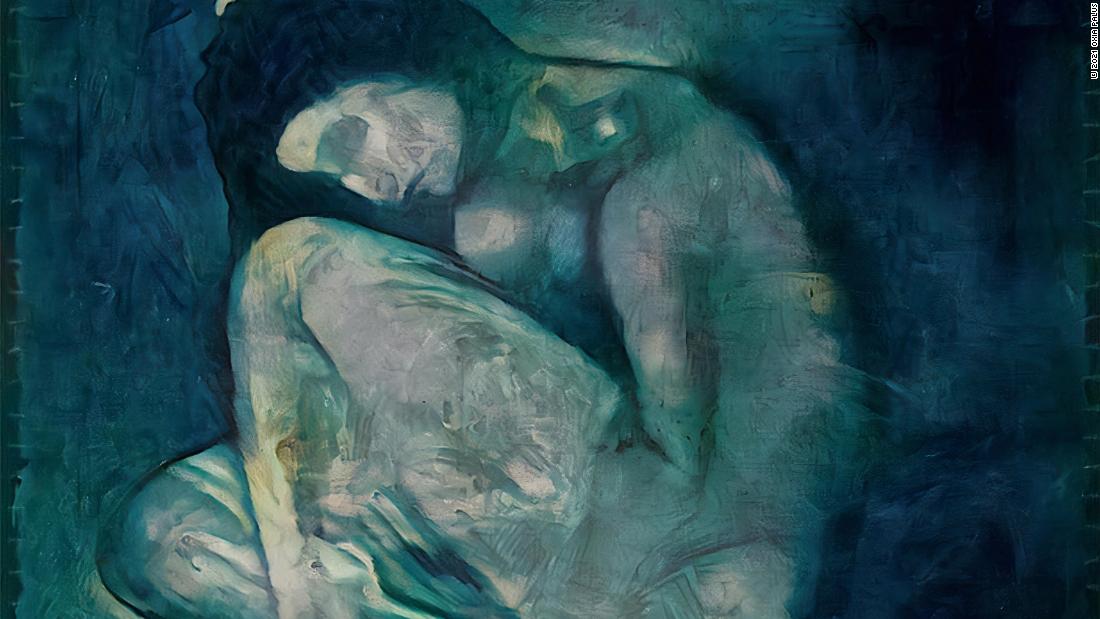
Art created in such a way only raises more questions about ownership and intellectual property – but, outside of those issues, the experiment’s an enlightening exercise in art history.
Perhaps the most interesting thing about AI-created art isn’t the final product, but the creative process: humans and machines collaborating to explore new creative forms in revolutionary ways.
Strategists, marketers, designers and technologists are already embracing data and technology in so many ways. So why not embrace AI too?
Will AI completely replace human design and creativity? We don't think so. But we think the beauty of modern creativity lies in balancing the human and the digital.
There’s an exciting intersection forming between the human and the digital. It’s on the horizon, and it’s getting closer every day.
Stay tuned.
Better Known is a creative consultancy building better brands at the intersection of people, design and technology.
Embracing artificial intelligence
"Will AI completely replace human design and creativity?"

